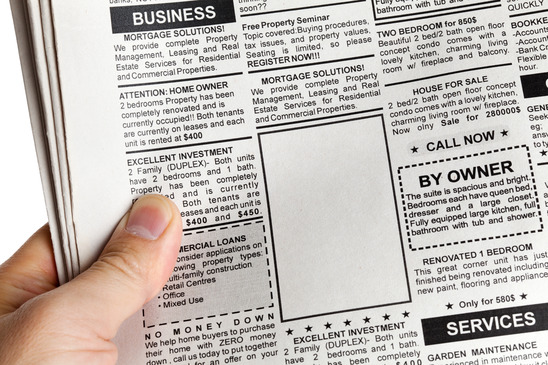
Don’t overlook this powerful revenue stream

When magazine publishers get together to talk about their advertising revenues, the common complaint is that even though they’re counting on online advertising to replace declining print ad pages, they’re “trading print dollars for digital dimes.”
Worse, they say, they now have to trade those digital dimes for mobile pennies.
Certainly print advertising rates have always been robust. After all, magazine ads have always been superior to broadcast ads in several ways: They offer a targeted environment, they offer adjacency, and they’re self-paced, giving readers as much time as they want, not just 15 or 30 seconds.
But here’s the thing: Digital magazine advertising offers exactly the same enticing features. And these ads can leverage technology that allows greater interaction between advertisers and readers. So why should publishers settle for “mobile pennies?”
The answer is you shouldn’t. Mequoda believes CPM rates for digital magazine advertising should be the same for tablets as for print. That opinion is shared by Megan Doherty, VP and Director for Print at media agency BPN, who noted at a recent MPA seminar on digital magazine advertising that publishers should also charge more for each interactive element in the ad.
Digital magazine advertising rates are, as Doherty put it, “all over the map.” Also, “Many tablet ad units are merely pickups from print — meaning advertisers paid not a nickel for them.”
Indeed. In surveying rate cards across the industry, I find most publishers simply give away tablet ads to print advertisers. For example, National Geographic gives all print advertisers running a half-page or more a free static ad in its digital edition.
Others make no mention of their tablet magazine at all, leaving us to assume they also give away those ads to print advertisers. And without having pre-tablet rate cards in hand, it’s hard to say if these publishers have at least raised their print rates to accommodate this policy.
If you’re giving away digital magazine advertising, tell us why in the comments below. Or tell us what you do charge for tablet advertising.
[text_ad]
Exceptions to the rule
Because I had written a piece on digital magazine advertising innovations, mostly starring Bonnier Corp.’s Popular Science, I checked their rate card and finally found some actual numbers. Not surprisingly, they’ve opted for the practical solution that Doherty recommends, though they, too, are giving away basic digital ads to print advertisers.
Here’s how the PopSci 2014 “enhancement” rates looked:
STATIC
Static ad that works in both orientations $0
Static ad that is not running in the print edition $5,000
STATIC+
Dual layered creative
Clickable web link
One vertical swipe
Multiple web links
Social networking component $10,000
ENHANCED
Multiple vertical swipe
3D video clip
Audio file $30,000
ENHANCED+
Presenting sponsor
Over 30-second video clip
360° rotation
Image gallery (5 max)
Survey
Panorama $40,000
Condé Nast also gives away static versions of print ads, but it, too, offers a separate price structure for enhanced ads similar to Popular Science, with three categories. Discounts are offered for multiple issue runs.
- Web Enabled $5,000
- Premium $25,000
- Premium Plus $45,000
At least it’s something. And as we’ve seen in PopSci, advertisers are willing to pay extra for these enhanced ads, including web links, video and 3D video. Bonnier Senior Consumer Marketing Director Bob Cohn says PopSci’s high-tech ads deliver a “good, steady revenue channel.” He notes that when a publisher incorporates interactive technology in a tablet magazine, “engagement, time spent, and retention all go way up.”
That’s data publishers should be taking to the bank, instead of giving away their advertising space, and ignoring the possibilities that technology can bring to the table. As long as this mindset continues, the industry will indeed continue to struggle with “mobile pennies.”


